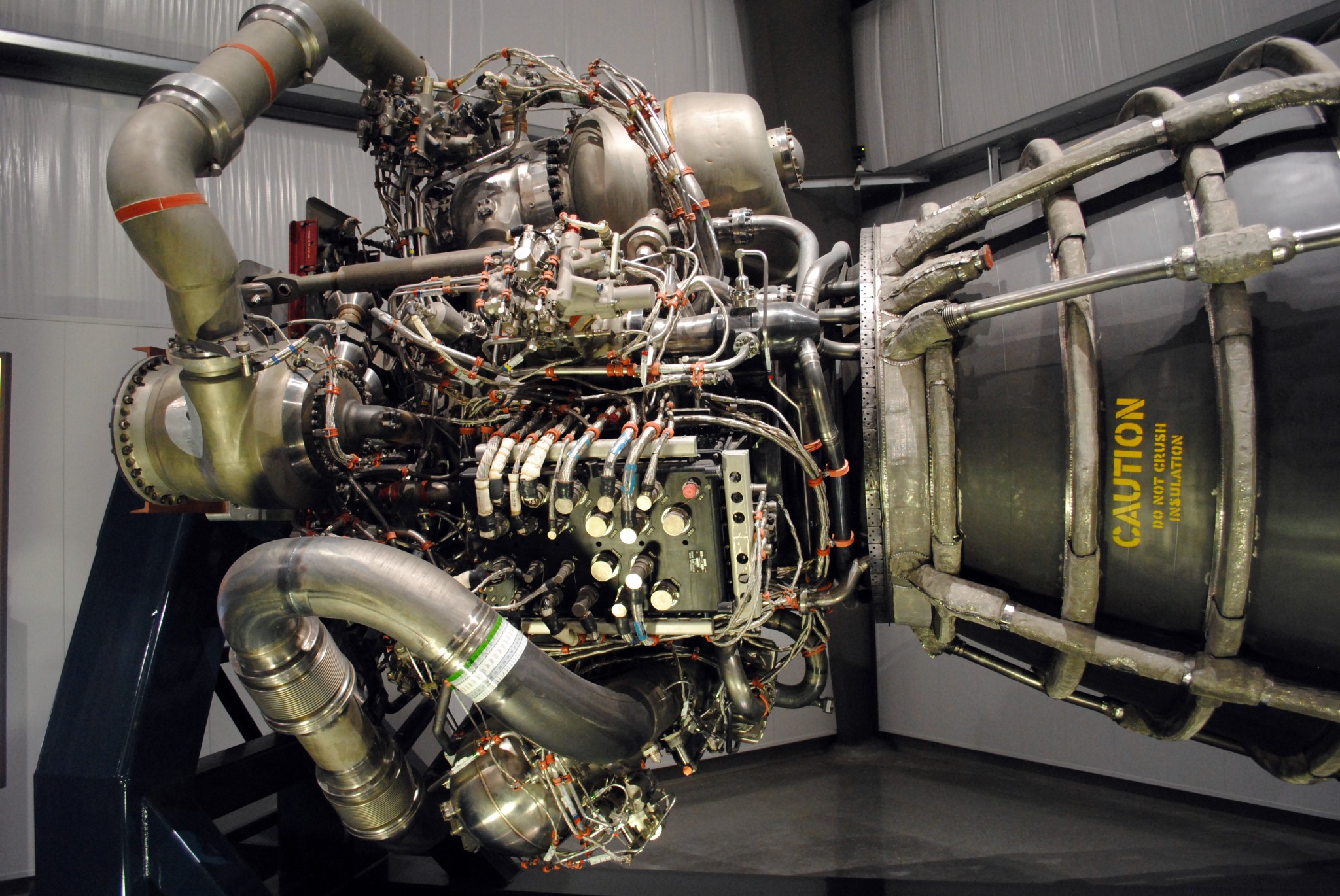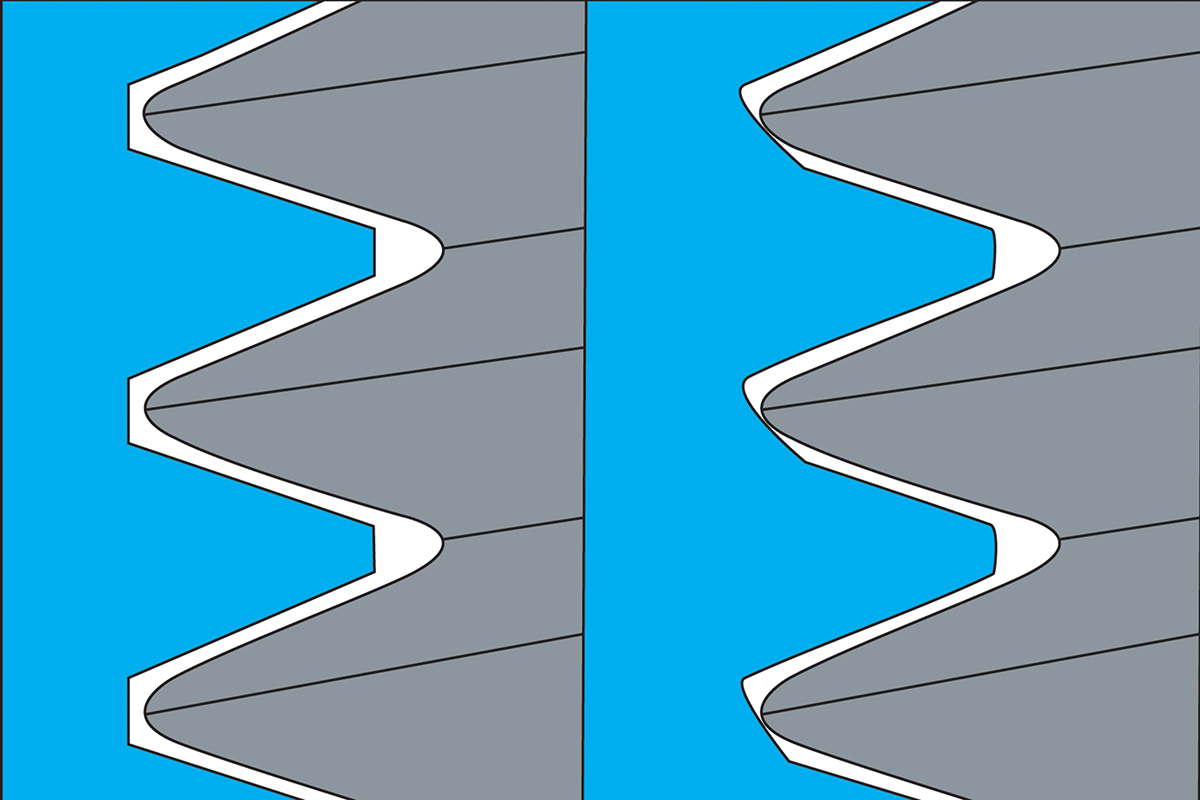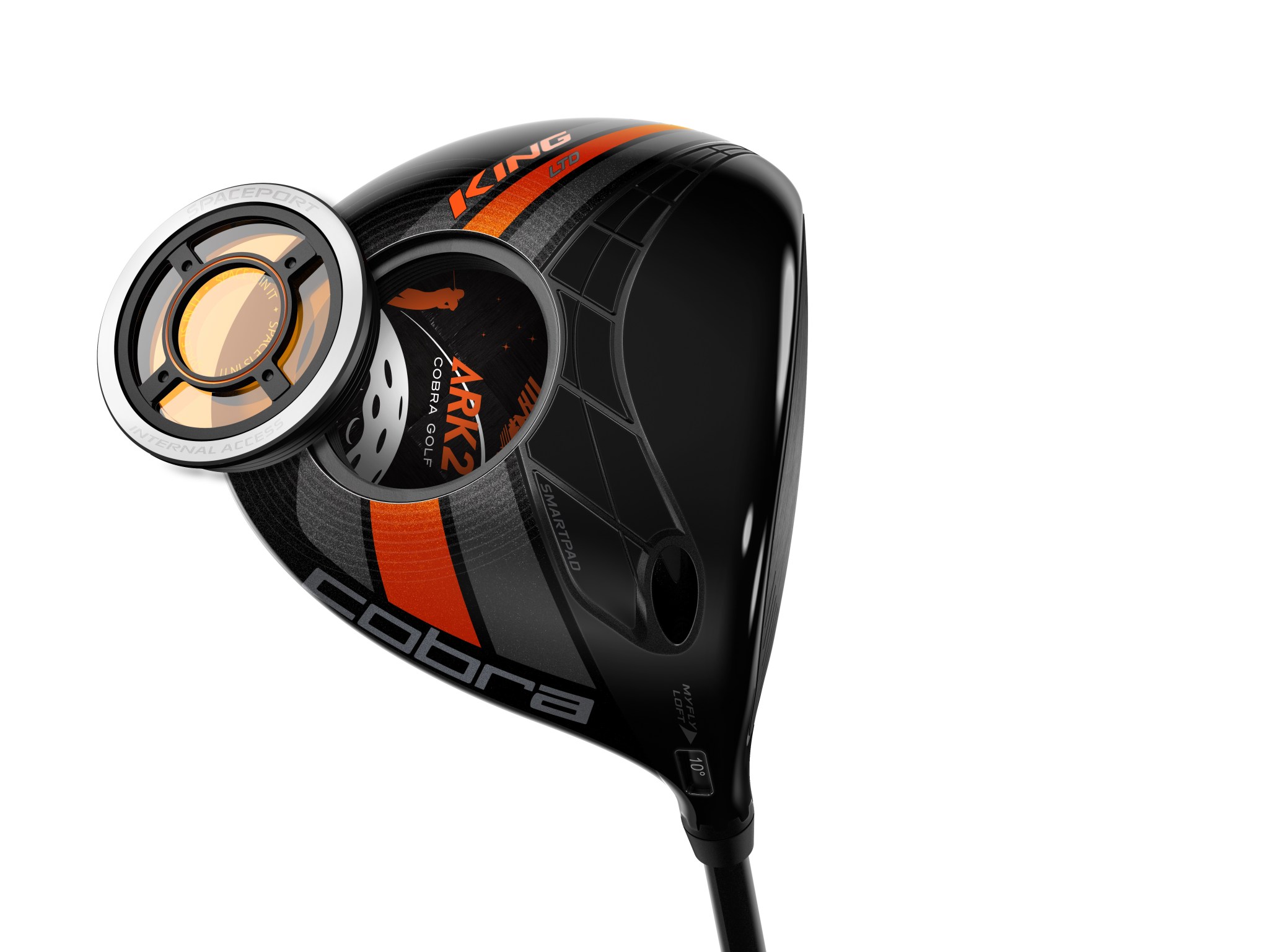


A screw is a screw, right? Or is it?
NASA scientists and engineers routinely pioneer advances in cutting-edge fields like lasers and computer chips, but sometimes it’s innovation in the basics that drive the machines of tomorrow.
One enduring challenge of screw threading technology, which dates back to antiquity, is that vibration tends to jar screws and bolts loose. It’s a clear problem for NASA: few fasteners experience more intense vibration than those in a rocket engine.
In the early days of the Space Shuttle Program, the agency came across an invention by Horace Holmes of Holmes Tool Company known as Spiralock threading, which promised considerably stronger joints.
Threading in female nuts and bolt holes had always mirrored that of the male bolts that screwed into them. The result of this design, however, is that little or no clamp pressure is applied to most of the length of the connection, with about 80 percent of the load being carried by just the first two threads. Holmes’ idea was to blunt the trough of the female thread with a wedge ramp that forced much more of the bolt’s ridge against the threading. A more even distribution of the clamp pressure along the bolt greatly increased its ability to withstand vibration.
Holmes’ creation was patented in 1979, but Spiralock didn’t begin to be used widely until after 1984, when Goddard Space Flight Center researcher James Kerley published a lengthy study on its properties.
Reinventing the Screw
Kerley found that Spiralock nuts could withstand double the vibrations that would loosen a standard nut, and for 10 times as long. And they didn’t lose clamping power after a bolt and nut combination was torqued on and off 50 times, far exceeding NASA’s demand for a fastener that could be reused at least 15 times. Soon after the study, Spiralock was applied to more than 750 connections in the space shuttle main engines.
Its popularity boosted by NASA’s validation, Spiralock was soon incorporated into missiles, diesel engines, oil wells, human joint implants, pacemakers, and many other systems. Reflecting the industry’s indebtedness to NASA’s work validating the technology, in 1985 a prominent member of the American Society of Mechanical Engineers wrote a letter congratulating Goddard’s director for “having such a meticulous experimentalist and practical dynamicist as Mr. Kerley on its staff” and for funding “basic technical work of such broad interest to the Government and industry technical community.”
It was decades, however, before anyone thought to apply it to golf club design.
In early 2013, employees of the Center for the Advancement of Science in Space (CASIS), which manages the International Space Station’s U.S. National Laboratory, stopped by Cobra Puma Golf’s booth at the PGA Merchandise Show in Orlando, an encounter that led to an ongoing partnership. With an eye toward future product development, in September 2014 Cobra Puma Golf sent a one-month experiment to the space station to test the crystalline growth of silver in zero gravity.
But around the same time, the company was struggling to finalize a unique feature on its KING LTD Driver: a “spaceport” door that would allow the company, and consumers, access to the interior of the club head. In testing, the door came loose after repeated drives.
Having come to respect NASA’s problem-solving approach, Mike Yagley — the company’s director of innovation, research and testing — researched NASA’s use of fasteners in high-vibration environments and came upon Spiralock threading. It worked: the spaceports now hold fast, and the company started selling its KING LTD Driver in November 2015.
Unforeseen Benefits
Normally a finished driver head is built just short of its target weight, typically by around 200 grams. Then, just enough hot melt—a sticky substance which doubles as weighting material and debris catcher—is injected through a small hole in the sole of the club to bring it to precisely the correct weight.
However, it’s hard to control where the mass goes inside the club, and the hot melt can also affect acoustic properties.
With the spaceport door, a novel solution was available. “The door gives access to the inside of the golf club, which no one has had or seen before,” says Mike Yagley, director at Cobra Puma Golf.
A tungsten weight, filed to the precise weight necessary, can be inserted and locked into place. The aluminum door itself, which features a polycarbonate window into the club’s interior, also serves as a 16-gram weight.
All this has helped Cobra Golf make what it believes is the first zero-center-of-gravity golf club, maximizing the transfer of energy from club to ball.
“For 500 years, centers of gravity have been above that line,” Yagley says. “Everybody’s been trying to get the center of gravity lower, and we believe we’re the first to place it on the neutral axis.”
The door also allows the company to make custom clubs, adjusting the size and position of the tungsten weight to suit individual golfers’ styles.
“This is the best golf club we’ve ever made, and we think it’s just the beginning,” says Yagley.
NASA has a long history of transferring technology to the private sector. Each year, the agency’s Spinoff publication profiles about 50 NASA technologies that have transformed into commercial products and services, demonstrating the wider benefits of America’s investment in its space program. Spinoff is a publication of the Technology Transfer Program in NASA’s Space Technology Mission Directorate.
To learn more about this NASA spinoff, read the original article from Spinoff 2017.
For more information on how NASA is bringing its technology down to Earth, visit
Mike DiCicco
Goddard Space Flight Center

























